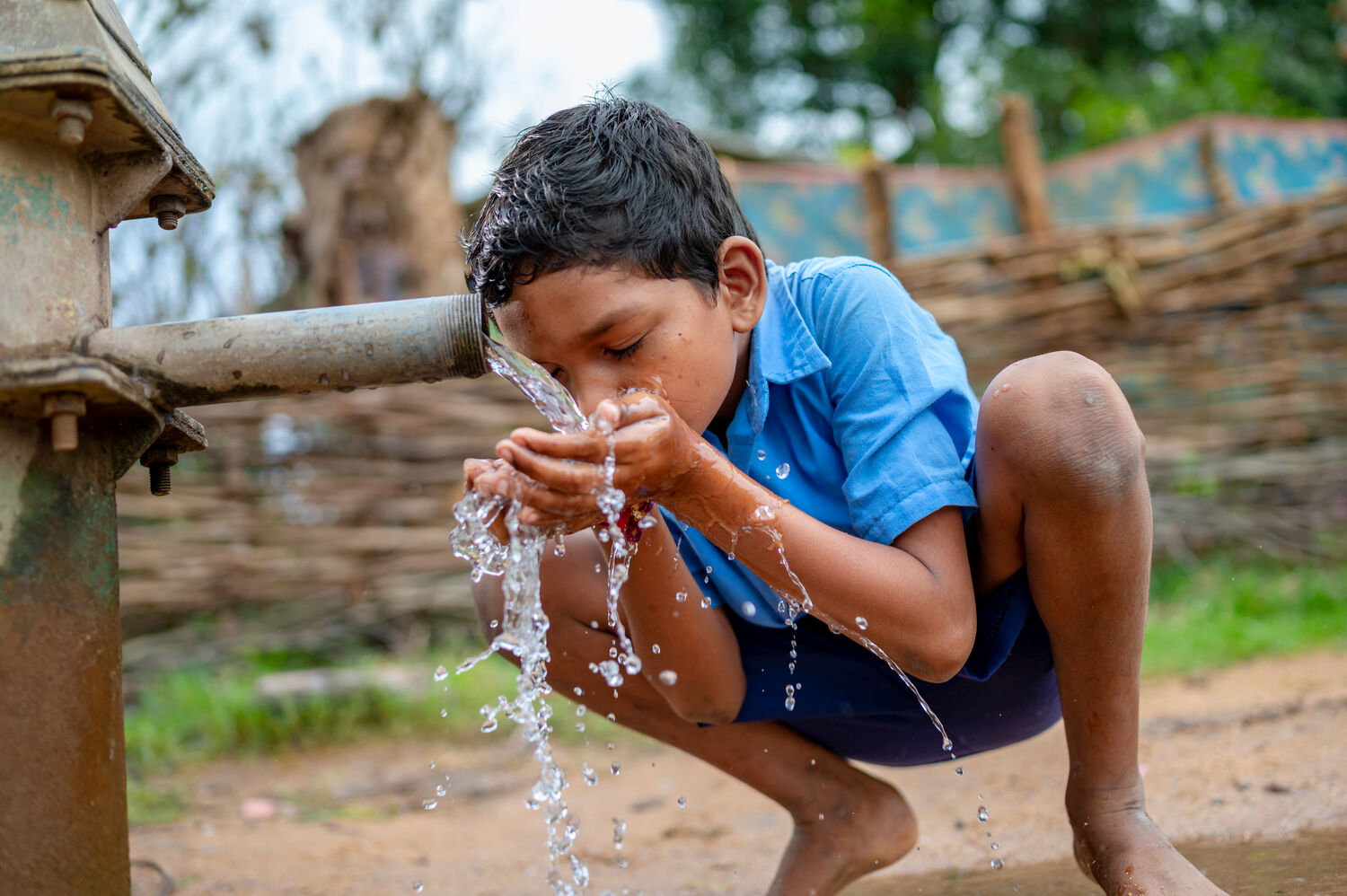As communities around the world grapple with the dual challenges of climate change and inadequate infrastructure, health officials are sounding the alarm over a surge in water-borne diseases. From cholera outbreaks in parts of sub-Saharan Africa to increased cases of typhoid and hepatitis A in urban centers of South Asia, contaminated water sources are posing an urgent and growing threat to public health.
Water-borne diseases, transmitted through the ingestion or contact with contaminated water, continue to claim hundreds of thousands of lives each year, with children under the age of five particularly vulnerable. According to recent data from the World Health Organization, at least 2 billion people worldwide consume water contaminated with feces, a primary vector for these diseases. As sanitation systems buckle under population pressure and erratic weather patterns, the problem is only intensifying.
Heavy rainfall and flooding have exacerbated the situation in many regions, overwhelming sewage systems and leading to the mixing of drinking water with waste. In drought-prone areas, the scarcity of clean water forces communities to rely on unsafe sources like stagnant ponds or poorly maintained wells. In both scenarios, pathogens such as E. coli, Giardia, and Vibrio cholerae find fertile ground to spread rapidly.
Urbanization has further complicated efforts to control water-borne diseases. Informal settlements often lack access to reliable water infrastructure, and open defecation in these areas creates additional risks. Moreover, poorly regulated industrial waste disposal frequently results in the release of toxic pollutants into local rivers and lakes, compounding the threat.
In response to the crisis, health agencies are ramping up efforts to improve water sanitation through infrastructure upgrades, public awareness campaigns, and vaccination programs. Chlorination of water supplies, promotion of hand hygiene, and the provision of safe sanitation facilities are among the key strategies being implemented. However, experts warn that these measures must be accompanied by long-term investments in sustainable water management and climate resilience.
The resurgence of water-borne illnesses is a stark reminder that access to clean water is not merely a development goal but a fundamental human right. Unless immediate and coordinated action is taken, millions remain at risk from diseases that are entirely preventable. As the world faces mounting environmental and demographic pressures, ensuring safe water for all has become one of the most critical challenges of our time.




